Archive
2020
KubaParis
fragil

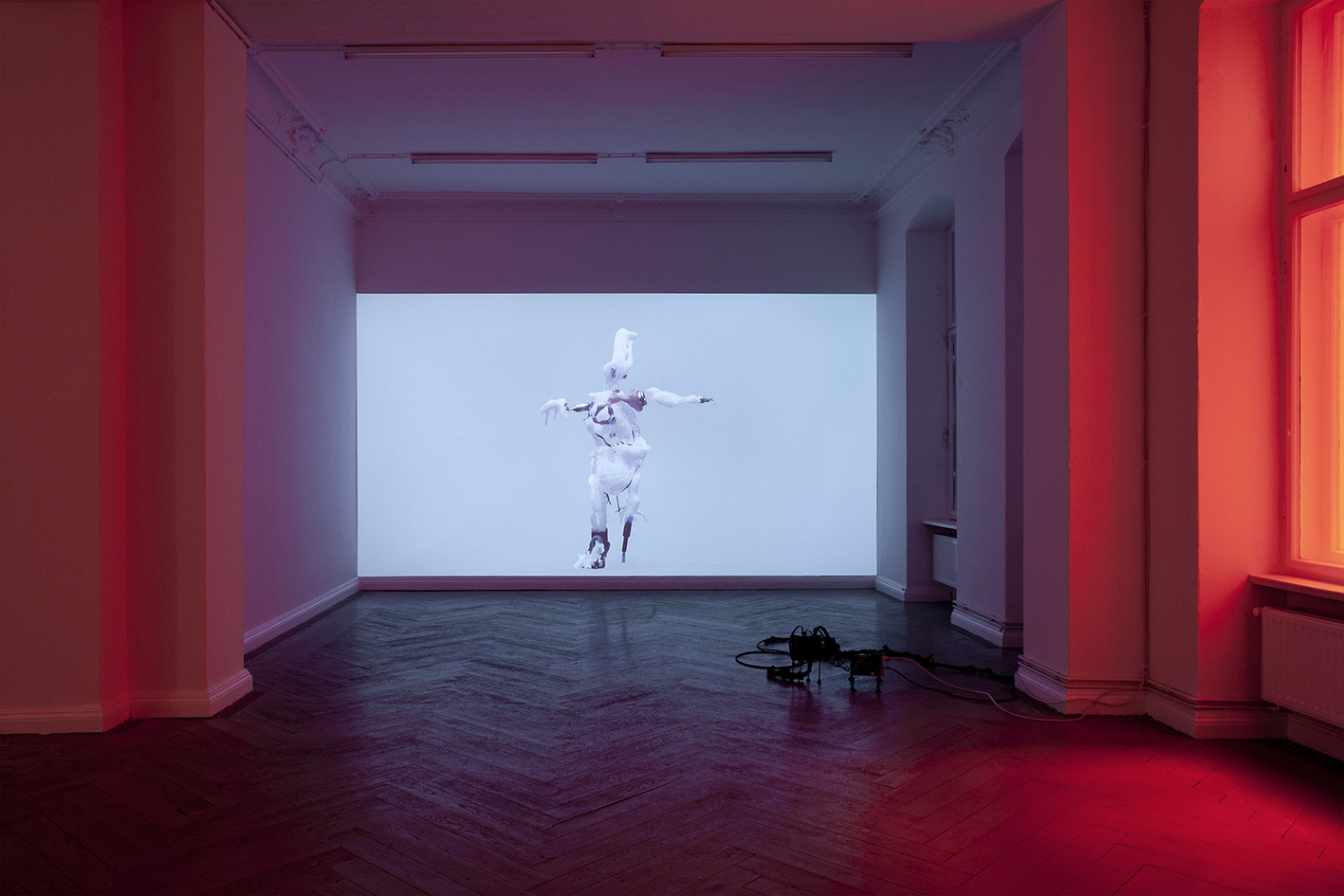
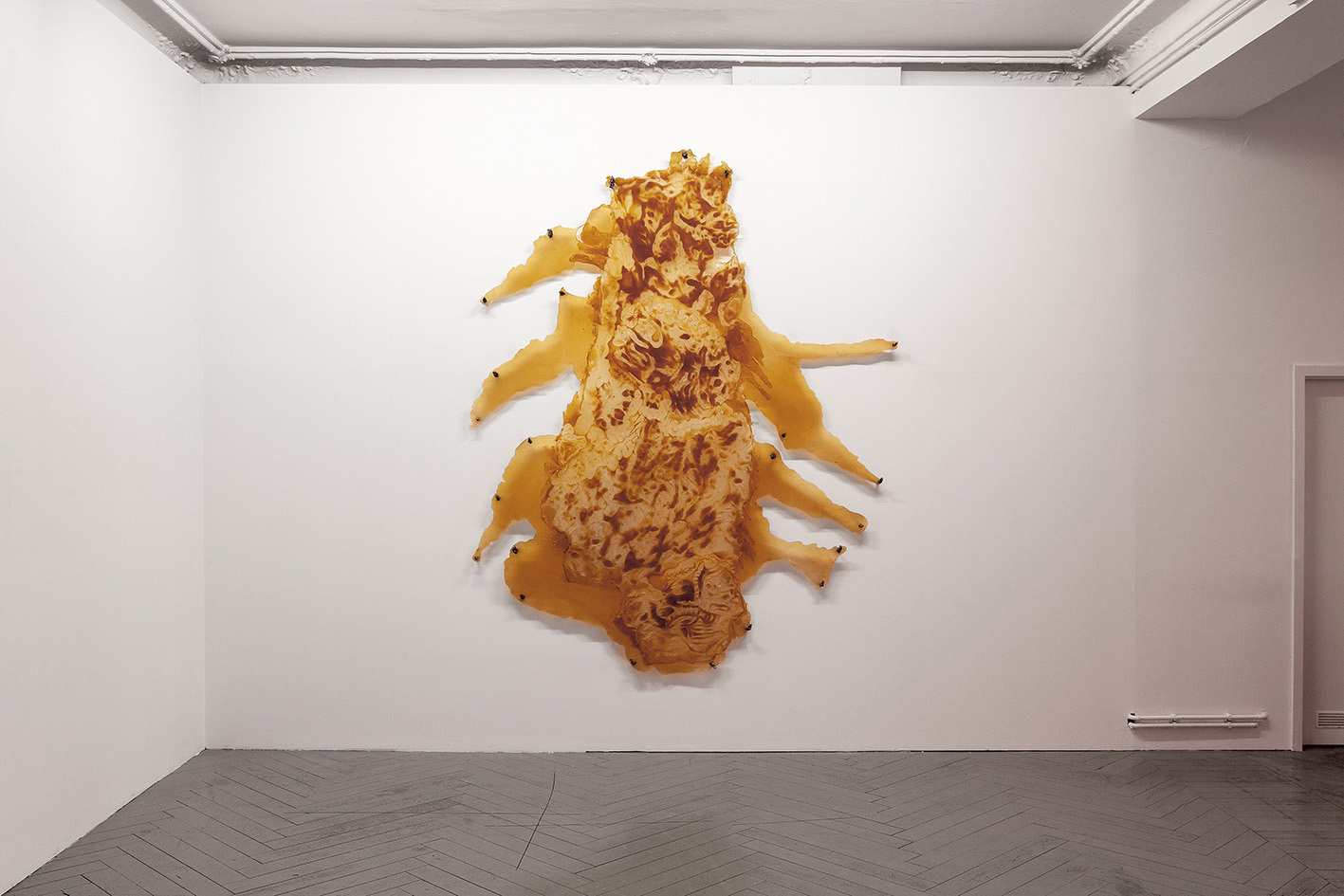
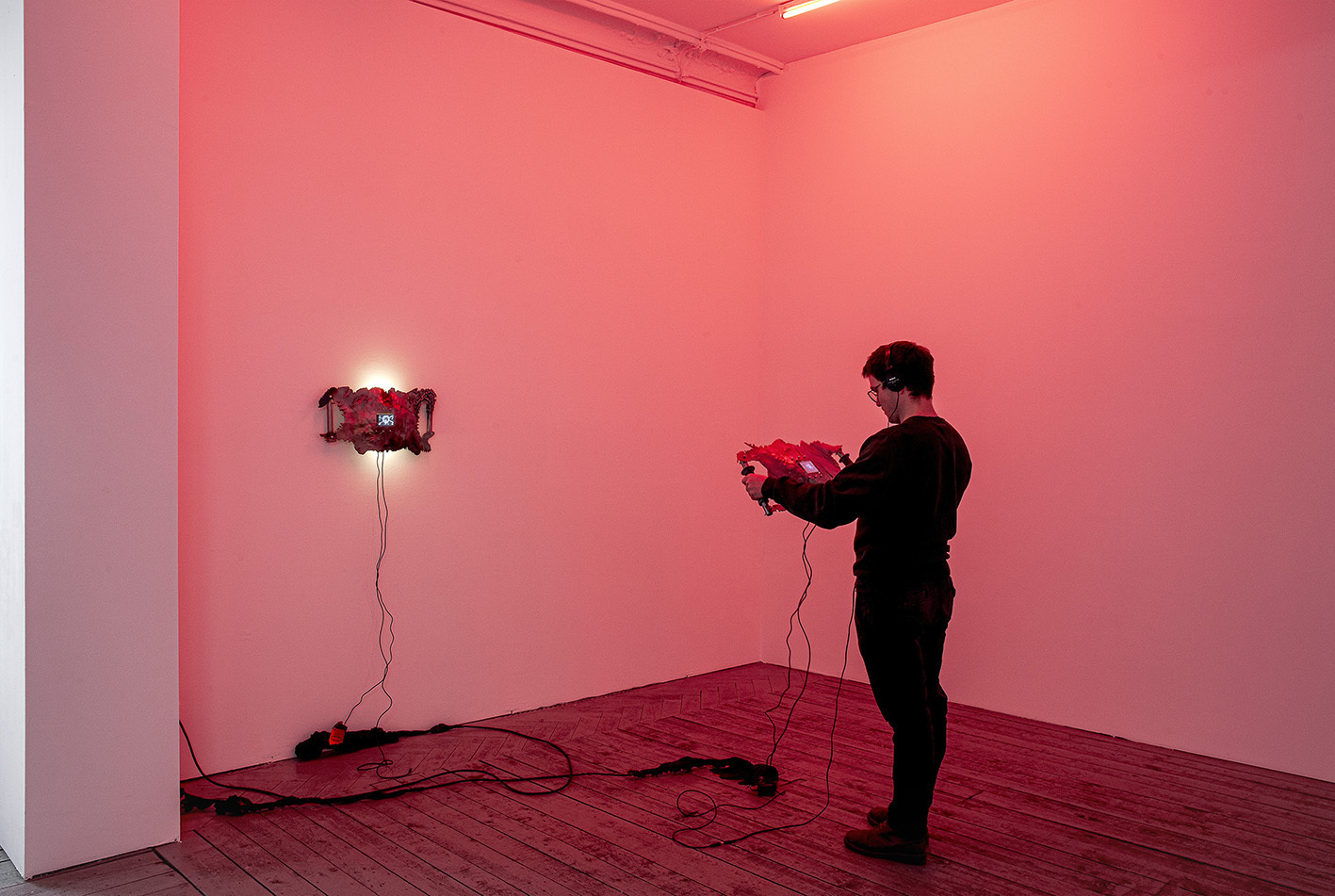
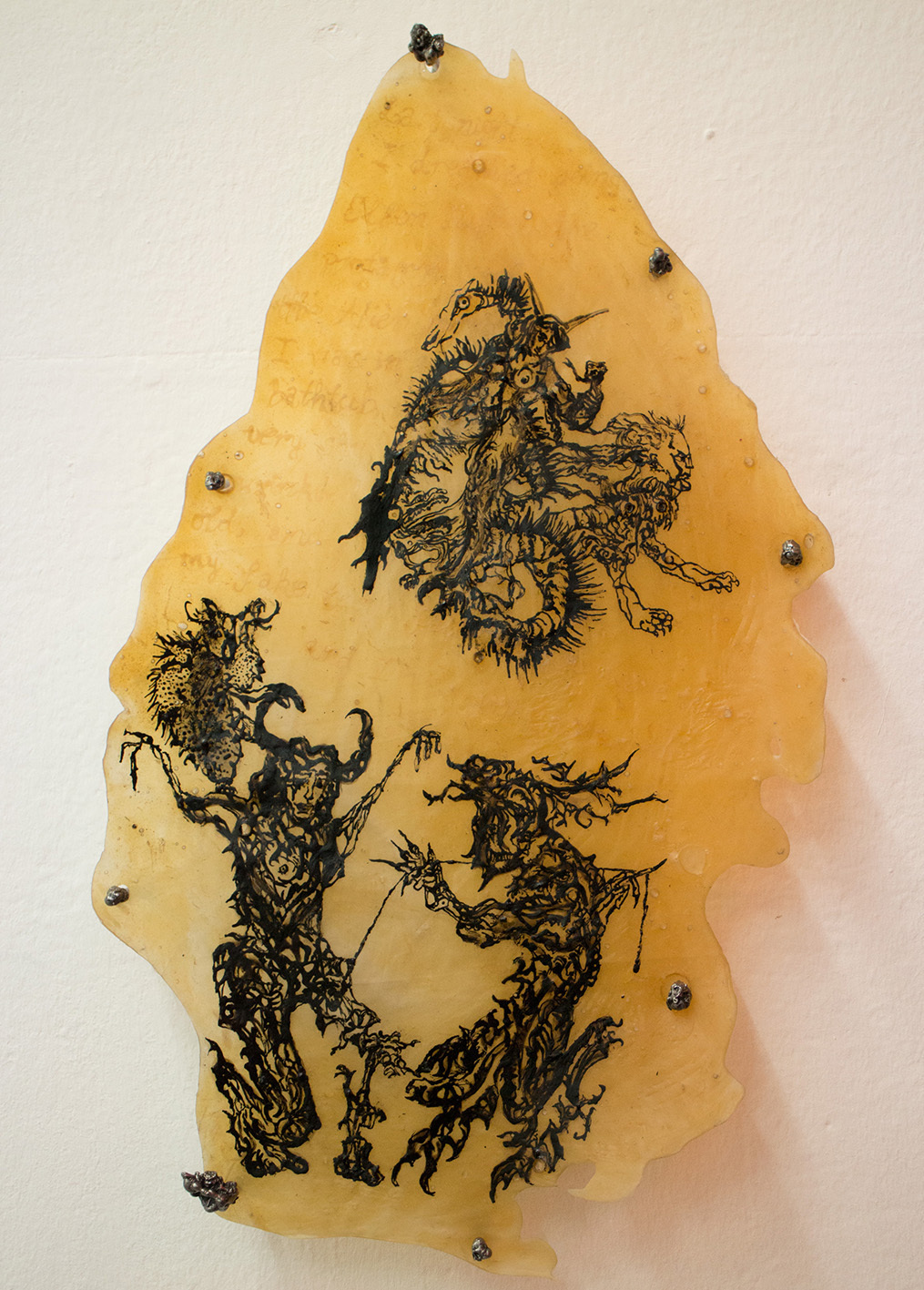

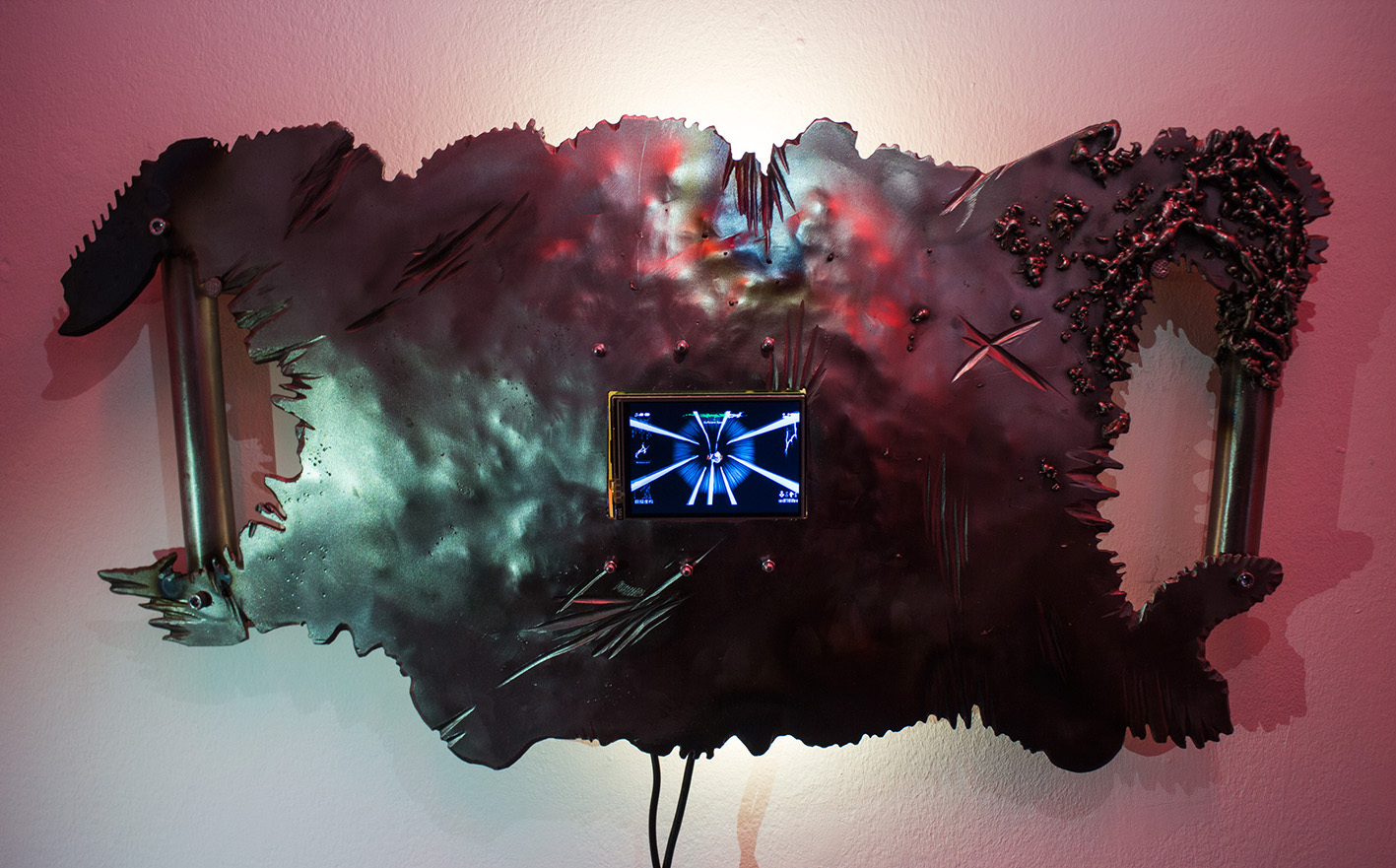


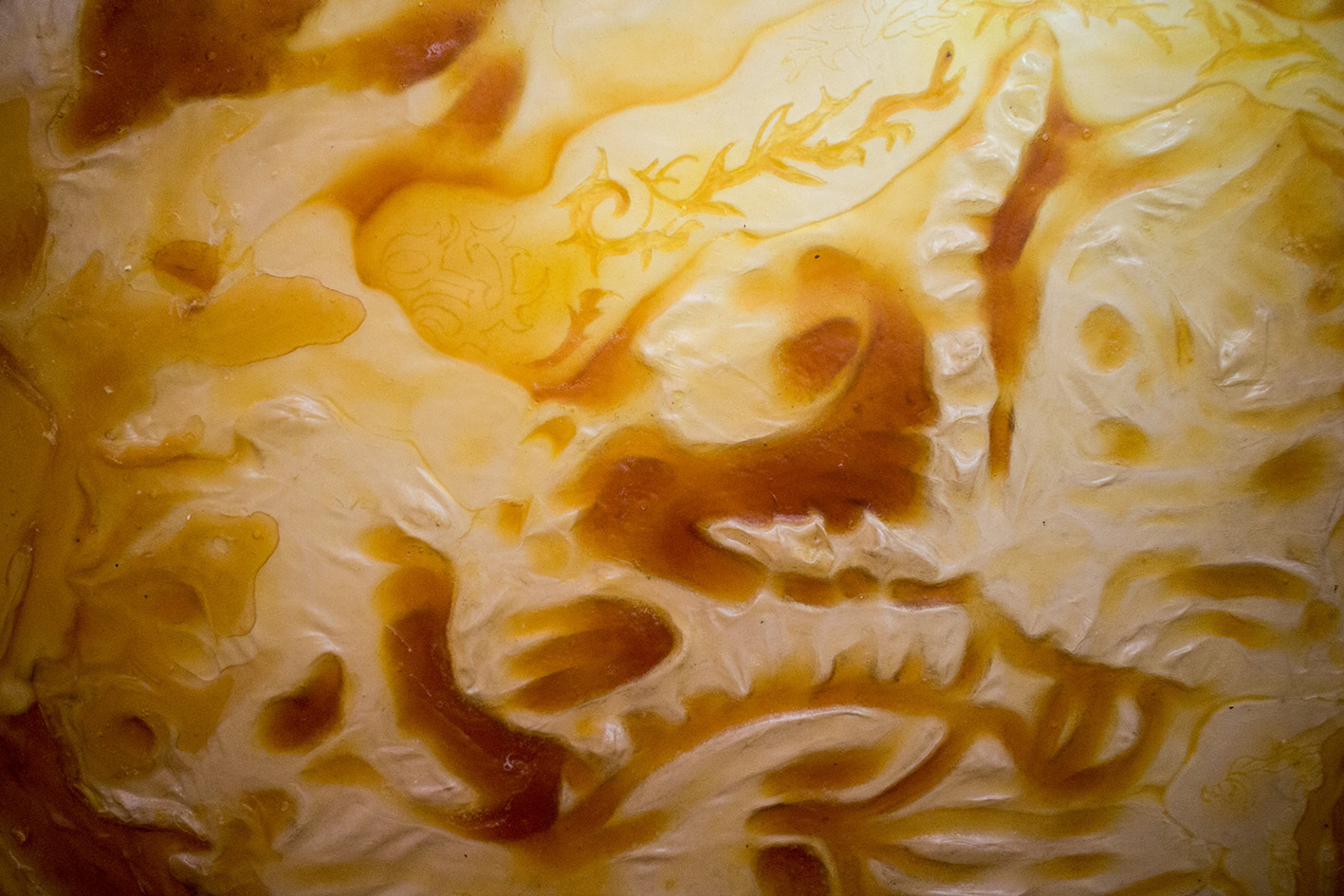
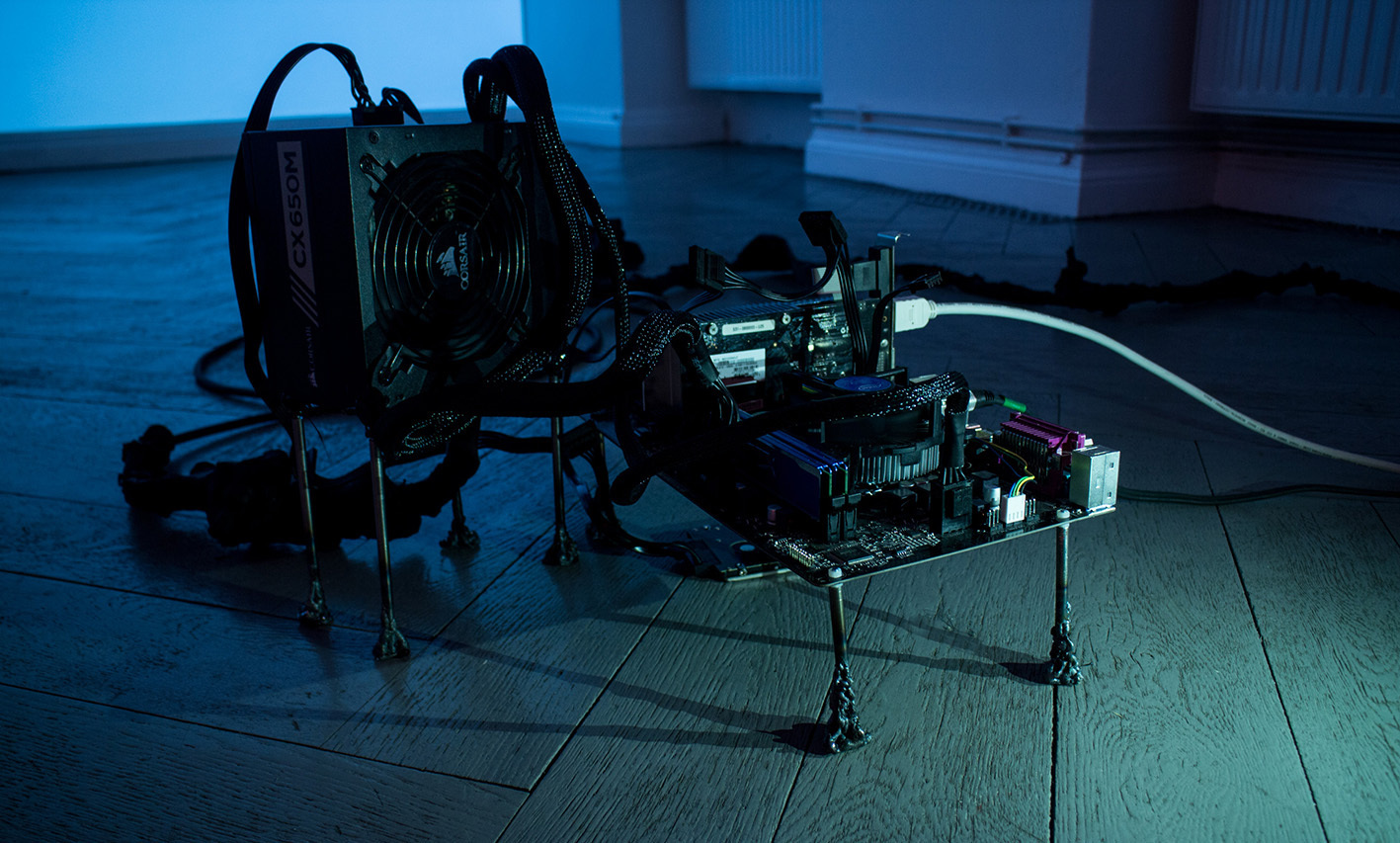
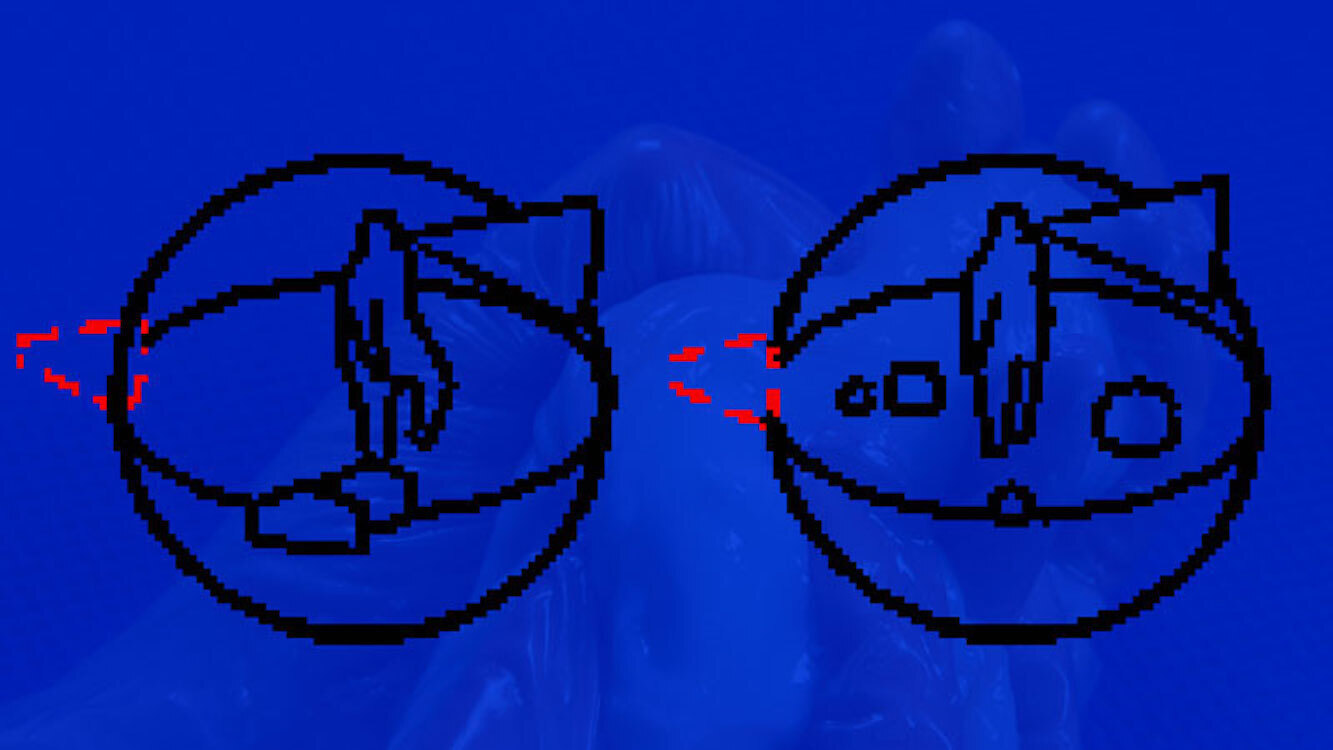
Location
EIGEN + ART LabDate
29.09 –23.10.2020Curator
Marie Gerbaulet, EIGEN + ART LabPhotography
Otto Felber, BerlinText
Programmed Unconscious
Hendrike Nagel
My neurons grab memories, my neocortex tries to make sense of the chaotic input. I cannot separate subject from object, much less from the acts of perception.*
When we think about technology today, we often forget that the history of technology is at least as old as humanity and that it developed out of and for the benefit of humanity. If we look at our globally interconnected network of natural and technological agents, each human-nature-technology symbiosis appears questionable. Rather, we have programmed a technology that was intended to follow reason (Verstand) and the will to optimize, but that has taken on dimensions that people can no longer comprehend (except perhaps in parts by specialists).
There are numerous levels of identity, multiple layers of autobiographical memories and social expectations upon which we build a representation of ourselves. We are trying to share our own experience to understand each other, this means we are also unaware of ourselves as a process of communication.*
Much like its linear logic of progress – called evolution –, technology has developed a self-accelerating intrinsic logic of its own. As a legacy of the Enlightenment, it follows the rational mind as a universal judgment authority, the supposedly objective gaze of science, and analyzes, classifies, and optimizes under the guise of a global universalism. Thus, a technology has emerged that is no longer merely smart, but smarter. That has moved away from reason to become something like a “programmed unconscious” – as an inaccessible part of being whose ways of functioning depend on and are guided by humans, but whose illogic they are unable to grasp. Initiated by people, but updated, algorithmized, and automated by the machine. Technological linearity equals progress for humanity?
We want something that we cannot have, and what we have is something we really don't want. There is no final state, it’s always gonna be like turning around something that can’t be reduced to zero.*
Even if we can easily view this lack of orientation pessimistically as a modernization idea that has taken on a life of its own, an important potential for knowledge may lie in the emerging of this “programmed unconscious”. Namely, the knowledge of the necessity to recognize the final end of a world oriented toward Western standards (and the interests of capital), with all its supposedly universal reason, rationality, objectivity, efficiency, and science. In fact, it is time to dissolve the long-held myth of a stable natural order and to see in an unstable – fragile – reorientation a chance to develop a more complex and sustainable lifestyle. Or even to develop an understanding of the world that eschews the dominance of (Western) humans over other forms of life (and other cultures), that replaces linear historiography with interlocked network structures, and that points the way to symbiotic forms of life, situated knowledge, and relational networks.
Thoughts are constantly in motion, constantly in the process of becoming, constantly renewing... particles dissolve and crystallize. Never a finished thing-in-itself, always incomplete, un-whole and changing – just before another movement, a fall; a falling apart.*
Relational networks like those Lotte Meret holds up to our view when she combines different media and temporalities. When she develops diverse “symbionts” that, in the manner of Donna Haraway, stand neither for optimism about technology nor for a cynical apocalyptic mood, but optimistically work for hybrid, conscious forms of life. When she unites the technological and the human glance and their points of tangency and transforms them into something less superhuman and more humane. Xeno-feministically grasping alienation as a productive spur, as a spur from techno-diversity to provide a new, non-universalistic framework. Apart from the usual boundary-drawings like human vs. animal, organism (animal/human) vs. machine, physical vs. metaphysical! Apart from the established categories of identity like class, ethnicity, gender! But in favor of a subjective (re-)appropriation of the self – through technologies, resources, and organisms!
Everything is surface, that everything is me. I am on the ultimate level a living thing – open – becoming porous without breaking, again and again and again.*
* quoted from the video work To fear, hope and desire again, 2020
Hendrike Nagel